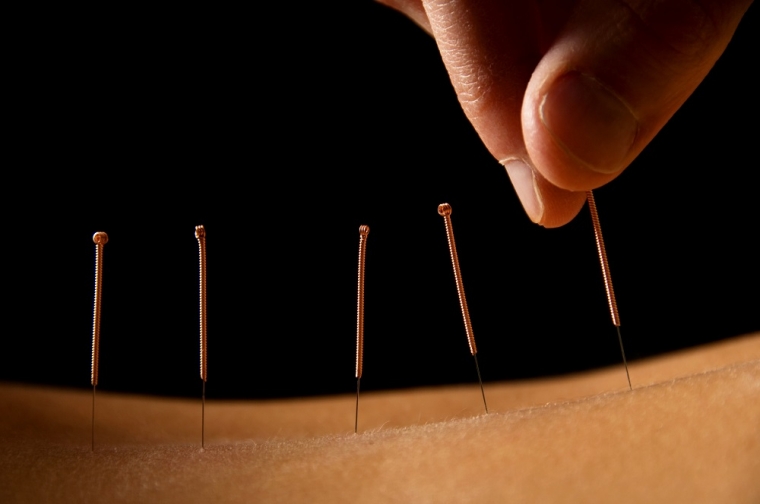
What Is Acupuncture and Oriental Medicine?
The theory and practice of acupuncture is based on Oriental medicine(also known as traditional Chinese medicine), a comprehensive natural health care system that has been used in Asian countries for thousands of years to preserve health and diagnose, treat and prevent illness.
Acupuncture treats health conditions by stimulating “acu-points” found at specific locations on the surface of the body. Acupuncturists stimulate the acu-points by inserting very thin needldes through the skin to produce physiological effects. Other methods are also used to stimulate acu-points, such as heat or finger-pressure.
The general theory of acupuncture is that proper physiological function and health depend on the circulation of nutrients, substances and energy called Qi (pronounced “chee”) through a network of “channels” or “meridians.” This network connects very organ and part of the body, providing balance, regulation and coordination of physiological processes.
Pain and ill-health result when the flow of Qi through the body is disrupted or blocked b y many things, including disease, pathogens, trauma/injuries and medication (side-effects), as well as lifestyle factors such as overwork, poor diet, emotions, lack of rest and stress.
Stimulation of the appropriate acu-points through acupuncture treatments helps to restore sufficient, continuous and even flow of Qi and other nutrients throughout the body, thereby restoring health and balance to the body, while relieving pain and other symptoms.
What To Expect From Acupuncture Treatment Diagnosis?
An acupuncturist’s diagnosis is determined in part using methods similar to other health care practitioners: asking patients for a thorough history of their health, diet, exercise patterns and chief complaints; performing a physical exam, ordering laboratory tests, X-rays or MRIs; and making a referral to a specialist, as necessary. However, the acupuncturist also uses unique diagnostic techniques, such as taking the patient’s pulse on both wrists and observing the tongue, complexion and other signs. The three pulses felt on each wrist are thought to correspond to certain organs and functions. The practitioner should explain the nature of your problem, the recommended treatment plan and an anticipated prognosis (outcome).
Treatment Procedures
Modern acupuncture needles are stainless steel, between one-half and three inches long, ultra-fine and quite flexible. They are pre-sterilized, nontozic and disposable (single use). When the needles are tapped into the skin, there may not be any sensation. Much depends on the location (hands and feet tend to be more sensitive), the condition being treated and the acupuncturist’s technique. Needles are typically placed in several acu-points and are usually left in about 20 - 40 minutes. The goal is to normalize the circulation of Qi and blood by stimulating the energy point, which encourages the body’s natural healing process. Stimulation can be done by rotating the needles manually or attaching electrodes to send a weak electric current through the needles (electroacupuncture).
The number of treatments depends upon the duration, severity and nature of your health condition. Two or three treatments may be sufficient for a acute condition, while a series of 5 to 15 treatments may be needed to resolve chronic conditions. Some degenerative conditions may require ongoing treatments over a long period of time.
Techniques used may include: moxibustion (burning herbs to heat acu-points), cupping (suction), auricular therapy (ear acupuncture), tui na(manipulation) and acupressure.
Patients should evaluate their progress after each session, Some relief should be apparent in two or three sessions, or six to eight sessions for more pervasive conditions. If you see encouraging signs, stick with it. Ask your practitioner questions about your treatment and improvement. If your response to treatment is not satisfactory, the practitioner may consider further diagnostic exams, modify the treatment plan or refer to an appropriate practitioner, if necessary.
Treatment Precautions
It is not recommended to have an acupuncture treatment if you are very hungry or extremely tired. Some bruising may occasionally occur after needling. If you have a bleeding disorder or are on blood thing medications, you should inform your acupuncturist before undergoing treatment.
If you are pregnant or have a pacemaker, tell the acupuncturist so that appropriate herbs and acu-points will be chosen.
Conditions Treated
Treatment efficacy depends on the severity and nature of the condition being treated. Acupuncturists are trained to identify conditions that may require referral to a specialist, so it is important for you to provide detailed information about your condition so that important medical problems are no overlooked.
If you are under the simultaneous care of different health practitioners, it is important to kee all of them informed about your treatments to ensure there are no adverse interactions among treatments.
The following is a list of health conditions commonly treated by licensed acupuncturists.
- allergies/asthma
- anxiety/depression
- arthritis/joint problems
- neck shoulder pain
- lower back disc herniation
- sciatica
- bladder/kidney problems
- childhood illnesses
- constipation/diarrhea
- colds/influenza
- dizziness
- drug/alcohol/smoking addiction
- effects of chemotherapy
- fatigue
- gastritis
- gastrointestinal disorders
- headache/migraine
- high blood pressure
- immune system deficiency
- knee pain
- menopausal discomfort
- musculoskeletal injuries
- pre-menstrual syndrome
- paralysis/numbness
- rhinitis
- sciatica
- sexual dysfunction
- sinusitis
- skin problems
- stress/tension
- tendonitis
